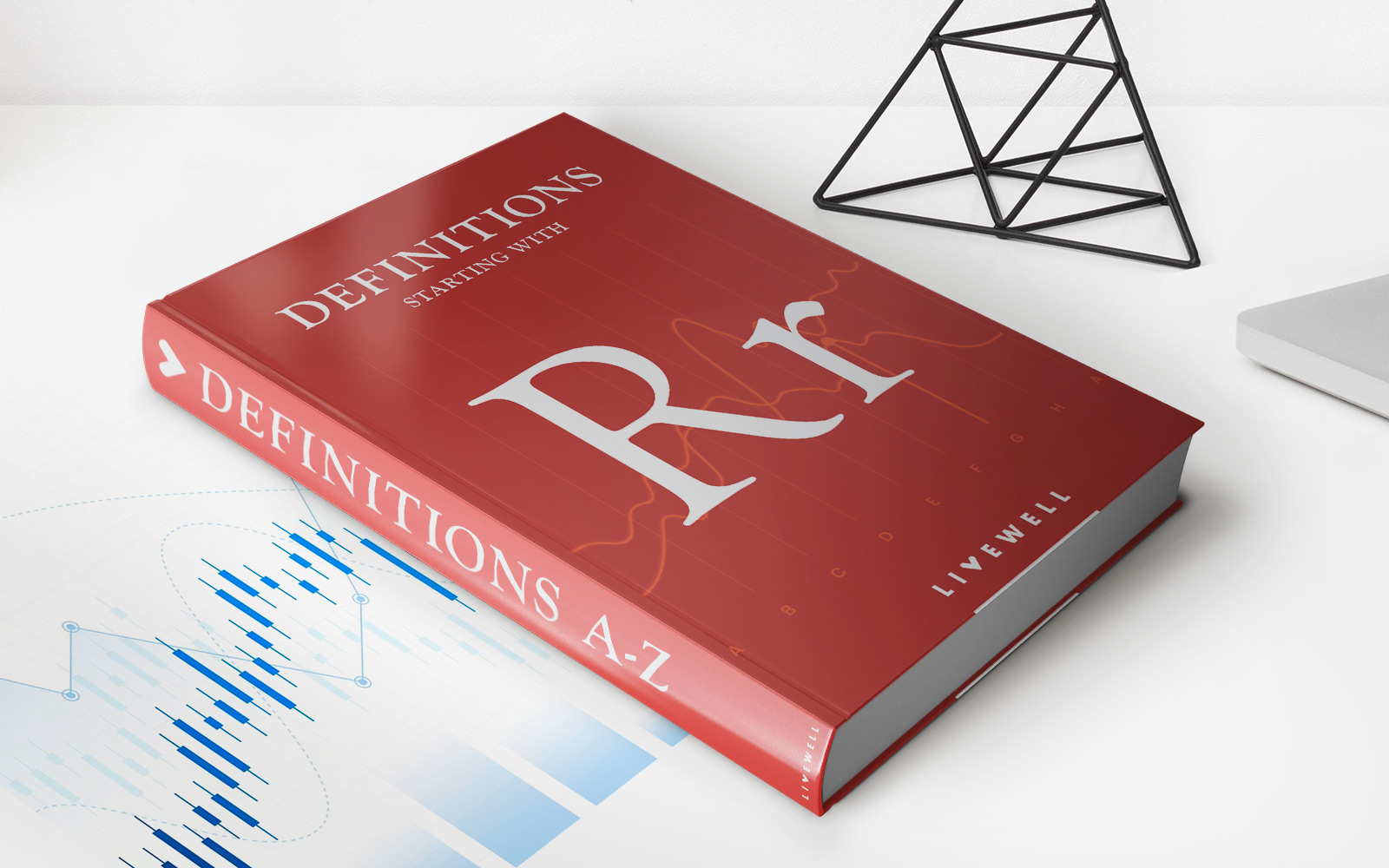Home>Finance>Rally: Definition In Markets, How They Work, And Causes


Finance
Rally: Definition In Markets, How They Work, And Causes
Published: January 15, 2024
Discover the meaning of rally in finance, how it impacts markets, and the factors that drive it. Understand the dynamics of rallies and their role in the financial sector.
(Many of the links in this article redirect to a specific reviewed product. Your purchase of these products through affiliate links helps to generate commission for LiveWell, at no extra cost. Learn more)
Hello, Finance Enthusiasts! Let’s Talk About Rally: Definition in Markets, How They Work, and Causes
Have you ever wondered what a rally is in the financial world? Perhaps you’ve heard the term used in conversations about the stock market or cryptocurrency. In this blog post, we will dive deep into the concept of a rally, explaining its definition, how it works, and the causes behind it. By the end, you’ll have a solid understanding of this phenomenon, whether you’re a seasoned investor or just getting started in the world of finance.
Key Takeaways:
- A rally is a sustained period of upward movement in the price of an asset, such as stocks, bonds, or commodities.
- Rallies can be triggered by various factors, including positive economic news, strong corporate earnings, or market sentiment.
So, What Exactly is a Rally?
A rally, in financial terms, refers to a period of significant and sustained upward movement in the price of an asset. It could be a stock, a bond, a commodity, or even a cryptocurrency. During a rally, the value of the asset increases over a relatively short period, often accompanied by increased trading volume and positive market sentiment.
Rallies are an essential part of the market cycles and can happen in any financial market. They can be exciting for investors and traders, as they present opportunities for profit and growth. But what causes a rally to happen, and how does it work? Let’s explore that further.
Causes and Mechanisms Behind Rallies
Rallies are generally driven by a combination of factors, both fundamental and psychological, that influence market participants’ behavior. Some common causes of a rally include:
- Positive Economic News: When reports on employment, GDP growth, or other economic indicators exceed expectations, it can spark optimism among investors, leading to increased buying activity and a rally.
- Strong Corporate Earnings: If a company reports better-than-expected earnings, it often translates into higher stock prices as investors become more confident in the company’s future prospects.
- Market Sentiment: Investor sentiment plays a significant role in driving rallies. Positive sentiment can arise from various sources, such as political stability, successful government policies, or even social media trends that create hype around specific assets.
Furthermore, rallies often create a self-reinforcing cycle. As the price of an asset rises, it attracts more attention from investors, leading to increased buying pressure. This, in turn, drives the price even higher, creating a positive feedback loop. However, it’s important to note that rallies can also be influenced by speculative behavior, where the price rise goes beyond fundamental value. Such situations can result in market bubbles and subsequent corrections.
The Impact of Rallies on Market Participants
Rallies can have a profound impact on various market participants, depending on their position and strategy. Let’s take a look at how different players in the market may be affected:
- Investors: Long-term investors who have already invested in an asset that experiences a rally can benefit from increased returns. However, it’s crucial for investors to assess the fundamentals and potential risks associated with the asset before making any decisions.
- Traders: Short-term traders thrive on market volatility and can take advantage of rallies by quickly buying and selling assets. They aim to profit from short-term price movements rather than long-term value appreciation.
- Speculators: Speculators aim to profit from future price movements without necessarily using fundamental analysis. They may jump into a rally to capitalize on momentum, but they also face higher risks if the rally fizzles out.
In Conclusion
Rallies are exciting events in financial markets, characterized by sustained upward movement in asset prices. They can be caused by positive economic news, strong corporate earnings, or even market sentiment. Understanding the causes, mechanisms, and impact of rallies is crucial for investors and traders alike.
We hope this blog post has shed light on the concept of rallies in financial markets, providing you with valuable insights into this phenomenon. So, whether you’re watching the stock market, tracking the movement of cryptocurrencies, or exploring other asset classes, you’ll now have a solid understanding of what it means when people talk about a rally.














